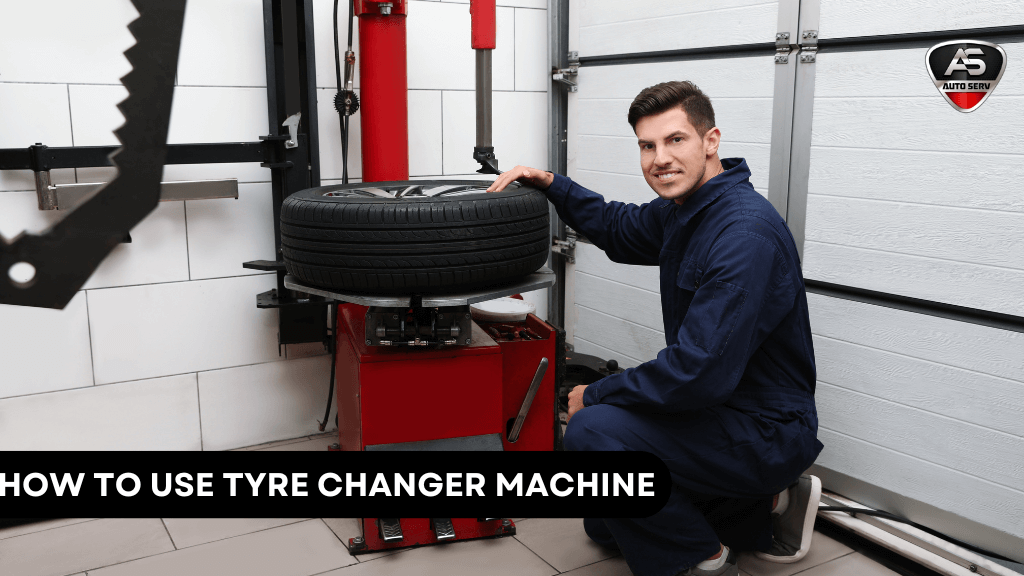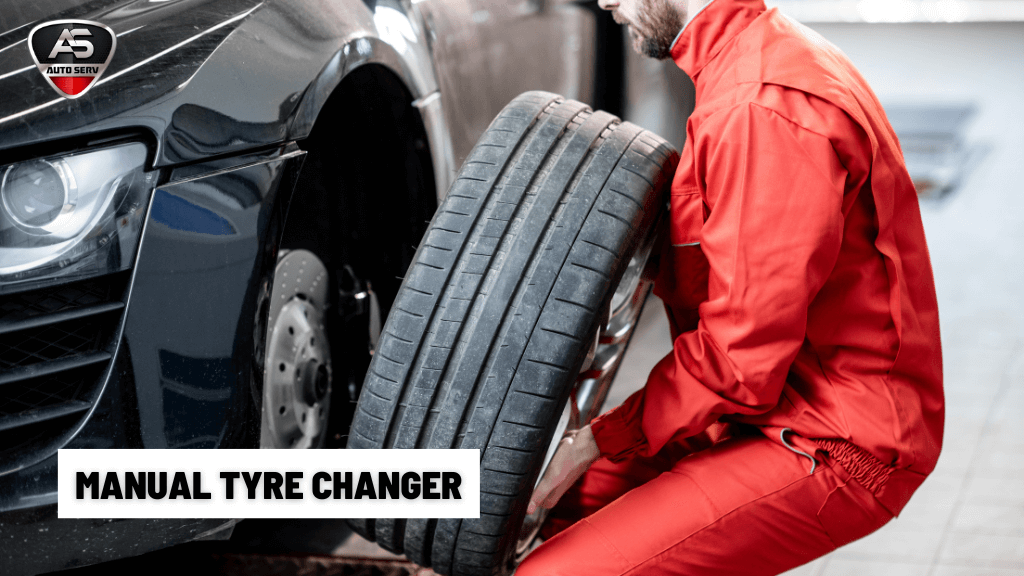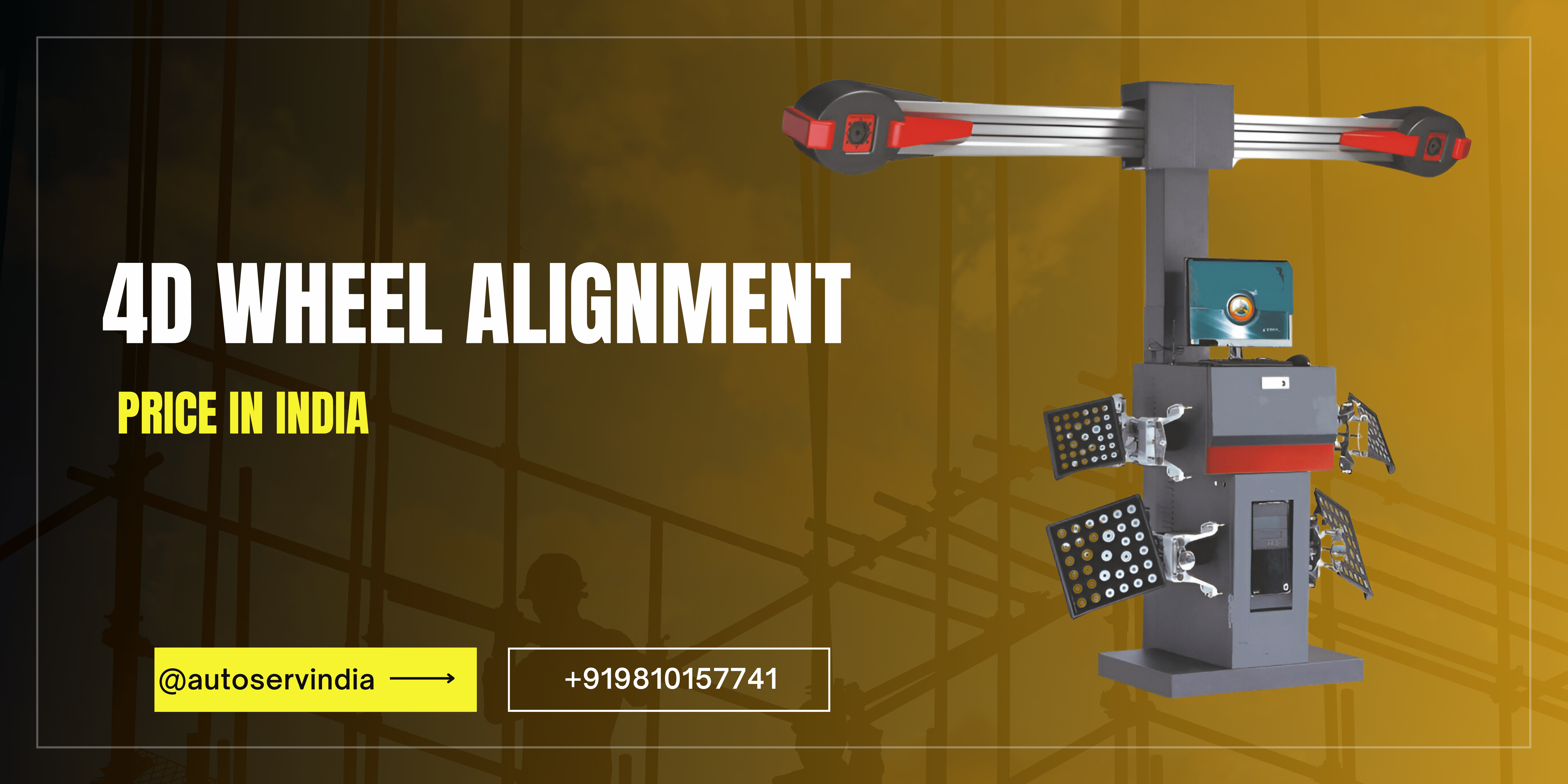What is a Car Wheel Alignment Machines?
A Tyre Alignment Machine is an important tool in automotive garage. It’s used to adjust vehicle wheels according to the manufacturer’s specifications. This makes them move in the same direction. This ensures optimal tire contact with the road and improves vehicle handling.
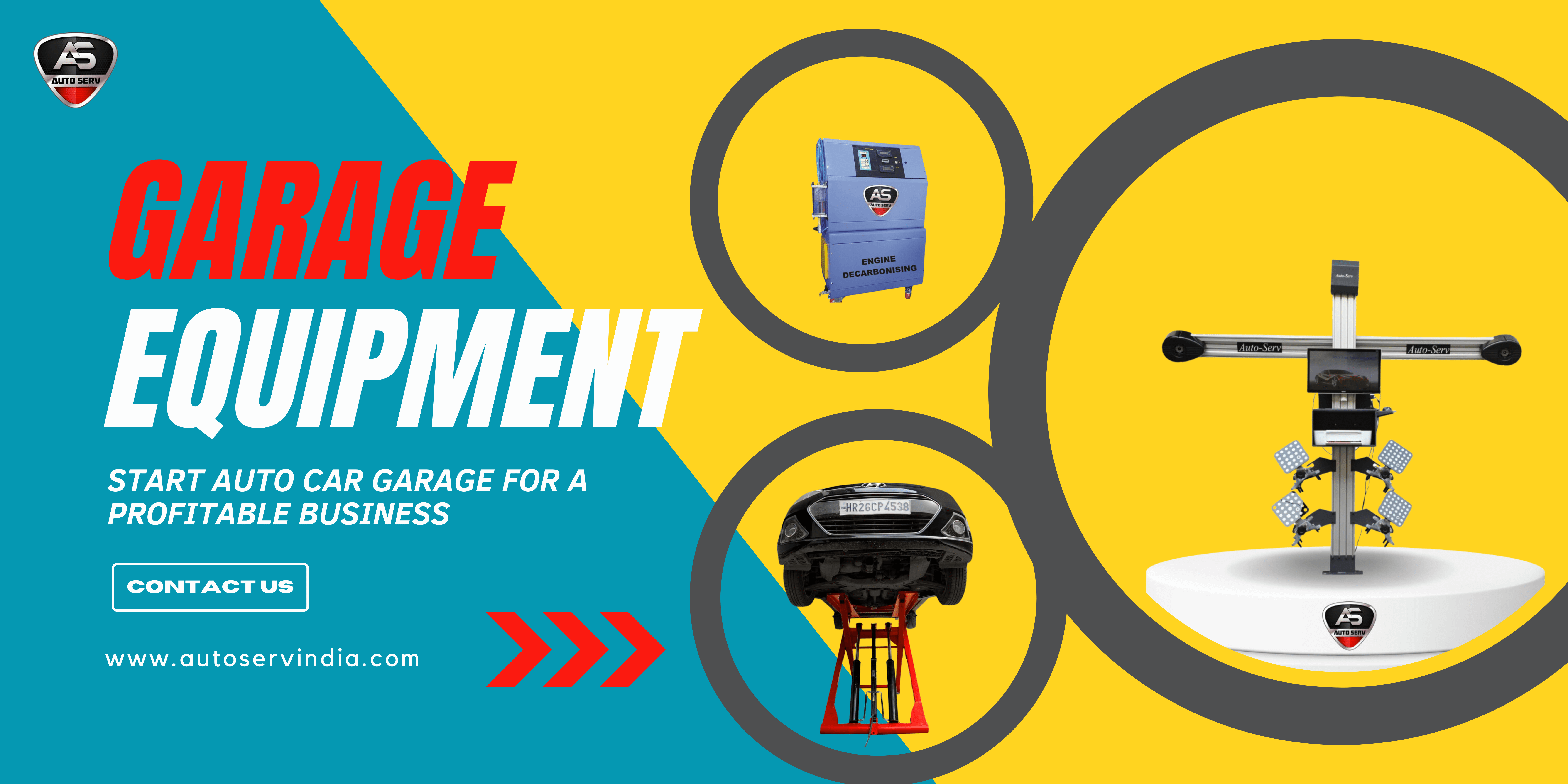
The machine helps technicians adjust suspension angles. These angles are toe, thrust, camber, and caster. They influence tire movement and position. It can extend tire life. It also improves fuel efficiency and ride quality.
What is Car Wheel Alignment?
A wheel alignment adjusts wheel angles. It makes sure your vehicle travels straight and evenly down the road. It can make the difference between a smooth ride and an unpleasant one. The wheel vibrates or pulls to one side.
Why is Car Wheel Alignment Important?
Good wheel alignment helps your tires. It also eases the strain on your steering and suspension. It even boosts fuel efficiency.
How to Understand a Car Wheel Alignment Report
Driving a car that’s not aligned properly isn’t fun. Wheel alignment fixes the angles of your wheels so your car goes straight. It makes a big difference in how your ride feels. Good alignment means a smooth, comfy ride without vibrating or pulling.
Having your wheels aligned properly is also good for your tires. It helps your steering and suspension work better and saves gas.
That’s why it’s important to understand what your alignment reports say. You can learn from our experts in a webinar. They explain with examples and give helpful tips on reading alignment reports.
When is a Wheel Alignment Required? Your wheels need an alignment if you have:
Installed a new set of tires
Changed any steering or suspension parts
You have had issues with how your vehicle drives. For example, it drifts and pulls to one side, or its steering doesn’t stay centered.
Noticed irregular tire wear
After having an accident or feeling a hard impact on your driving
Things to Check Before Getting an Alignment
Before aligning your wheels, it’s important to do some checks. Look over all your tires carefully to see if there’s any damage. Check if they’re wearing strangely or too much. Make sure they’re the correct size and have enough air pressure.
Also, inspect your steering and suspension to see if there’s any damage or wear. Check if there’s too much weight in the passenger or cargo areas of your car. Lastly, follow the right steps to make sure the curb height is correct.
Understanding Car Alignment Specifications

Alignment specifications are usually given in degrees (°) and minutes (‘). Here’s how it works:
A full circle has 360 degrees.
Each degree is divided into 60 minutes.
So, for example, 1°35′ means 1 degree and 35 minutes.
Car Wheel Alignment Angles
There are main angles to consider when aligning wheels. They are toe, camber, caster, and thrust or tracking angle.
TOE
Toe compares the distances between the front and rear of a pair of tires, measured in degrees (±). It can also be measured in linear millimeters (mm) or inches.

The further from the center, the larger the mm or inch value. Charts or calculators can help with linear toe measurements.
Too much toe-in wears out the outer tire edges fast. Too much toe-out wears out the inner edges fast. Adjusting toe is done by changing the length of the tie rod assembly.
Shorten it for toe-out and lengthen it for toe-in when the assembly is behind the pivot point.
CAMBER
Camber refers to the tilt of a tire inward or outward at the top, measured in degrees (±). Too much positive camber causes the top of the tire to tilt out.
This leads to wear on the outer edges and a tendency to pull right. Excessive negative camber causes the top of the tire to tilt inward. This causes wear on the inner edges and a tendency to pull left.

These vehicles have MacPherson strut systems. Camber can often be adjusted with eccentric bolts. They are at the upper strut bolt.
This adjustment causes the steering knuckle to pivot on the lower strut bolt. On vehicles with SLA or double-wishbone suspensions, camber is adjusted using eccentric cams. They are on the control arm bushings or shims.
CASTER
Caster refers to the forward or rearward tilt of the spindle support arm, measured in degrees (±). Most vehicles have a positive caster, typically set between 3 to 5 degrees.
The positive caster tilts the top of the spindle to the rear. It aids in steering wheel return and adds stability at high speeds. Negative caster tilts the top of the spindle to the front.
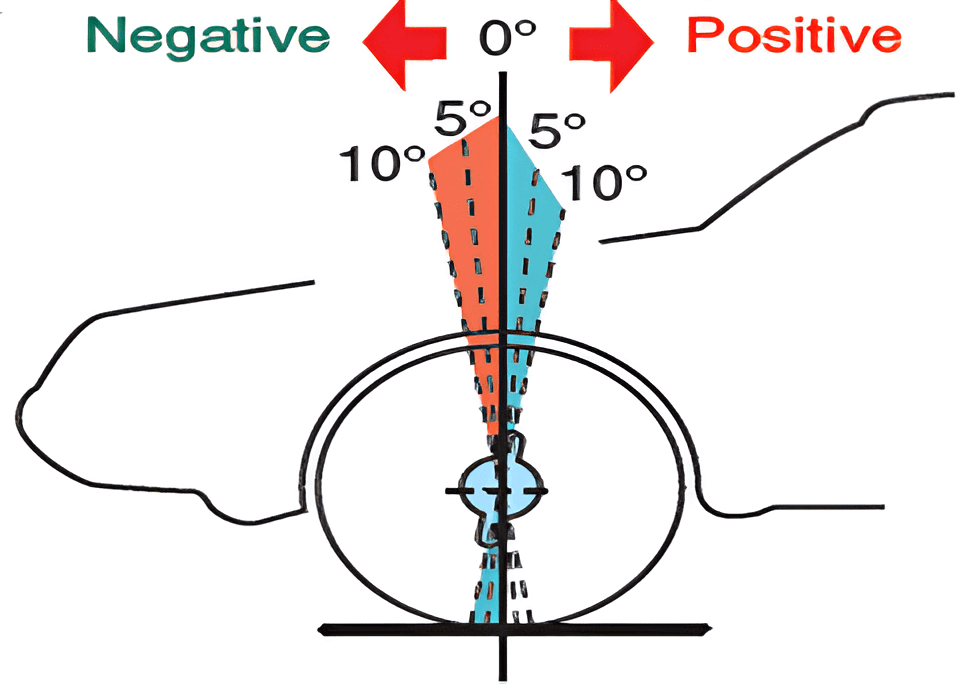
This can improve immediate turning response but may cause instability at high speeds. It can lead to shimmy, wandering, or pulling to the side.
You may not be able to adjust caster on all vehicles. Or, it may need extensive adjustments. These involve moving subframe parts. On vehicles with MacPherson strut systems, caster adjustment may need special adapters.
You may need to reposition the upper part of the strut on the chassis. Some vehicles may utilize a radius or strut rod for caster adjustment.
THRUST ANGLE (TRACKING)
The thrust angle, also called the tracking angle, is the direction of thrust set by the rear wheels. It’s about the centerline of the vehicle. The angle of the rear axle or the toe of the rear wheels determines it.
![]()
The thrust angle is positive when the thrust line is right of the centerline. It is negative when the thrust line is left of the centerline.
An incorrect thrust angle can cause poor alignment. It can also lead to “dog-tracking” or “crab-walking.” In these, the vehicle doesn’t move straight.
Reading an Alignment Screen

The alignment screen can be divided to focus on either the front or rear wheels. It’s split between the left and right wheels, displaying the angles. The specifications vary based on the vehicle’s year, make, model, and trim. The software will indicate minimum and maximum values along with preferred settings.
Reading an Alignment Report
An alignment report has a “Before Measurements” section. It shows the vehicle’s alignment before any adjustments. For example, if the report shows toe-out on both the front and rear right wheels, it means they’re pointing slightly outward.

The “Current Measurements” section shows the alignment after adjustments. If the toe-out issue is fixed, all values should fall within the preferred (green) range.
This range shows acceptable minimums and maximums. Fixing the toe angles also corrects total toe and steer ahead angles.

The reports vary in appearance. But, they should always include both “pre-” and “post-” values. This ensures the alignment job is completed accurately.
Top Takeaways to Remember
Check your car before aligning. Make sure it’s in good condition.
A four-wheel alignment isn’t always needed. But, checking rear wheel alignment and thrust line is crucial.
Alignment specifications are based on vehicle details. They are determined by the car’s make, model, trim, and tire size.
Adjustments must be within a set range. When making adjustments, aim for a balance between the minimum and maximum limits.
Not all adjustments are possible. Some vehicles can’t adjust all angles, but aftermarket solutions may exist.
Watch this webinar to understand alignment reports better. It’s titled “How to Read and Understand a Wheel Alignment Report.” It offers many examples.
FAQs
A Car Wheel Alignment Machine is an important tool in automotive garage. It’s used to adjust vehicle wheels according to the manufacturer’s specifications. This makes them move in the same direction. This ensures optimal tire contact with the road and improves vehicle handling.
Tyre alignment is essential for several reasons. It extends tire lifespan. It ensures even tread wear. It boosts fuel efficiency by cutting rolling resistance. It improves vehicle performance and safety. Proper alignment also reduces strain on steering and suspension parts. This makes smoother and more comfortable driving.
A Tyre Alignment Machine uses sensors and laser technology. It measure the wheel’s angles to each other and the vehicle’s frame. These measurements are compared to manufacturer specifications. If found wrong then, technicians adjust suspension angles. They adjust the toe, thrust, camber, and caster. This brings the wheels back into alignment.
You should use a Tyre Alignment Machine in many situations. These include after installing new tires. Also, after replacing the steering or suspension parts. Or, after having drivability issues like drifting or pulling. They also occur after seeing irregular tire wear. Or, after an accident or impact to the suspension.
Using a Tyre Alignment Machine has many benefits. It prolongs tire life by ensuring even wear. It improves fuel efficiency by reducing rolling resistance. It enhances vehicle stability and handling. It cuts steering and suspension wear. Lastly, it provides a smoother and safer driving experience for vehicle occupants

